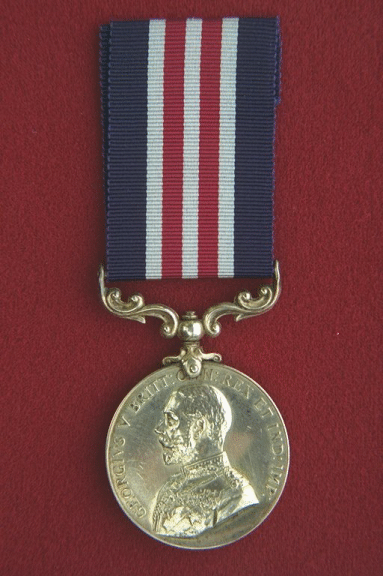Context
The medal was instituted on 25 March 1916.
Eligibility and Criteria
The medal is awarded to Warrant Officers, Non-commissioned Officers and non-commissioned members for individual or associated acts of bravery on the recommendation of a Commander-in-Chief in the field.
Description
A circular, silver medal, 1.42 inches in diameter. For mounting, an ornate scroll suspender is attached to the medal with a single-toe claw.
Medal obverse:
King George V: A bareheaded effigy, in Field Marshal's uniform, facing left, and the legend: GEORGIVS V BRITT: OMN: REX ET IND: IMP:
King George VI: A crowned effigy, facing left, and one of two legends:
- GEORGIVS VI D: G: BR: OMN: REX ET INDIAE IMP: (for Second World War)
- GEORGIVS VI DEI GRA: BRITT: OMN: REX FID: DEF: (for the Korean War)
Queen Elizabeth II: A crowned effigy, facing right, and the legend: ELIZABETH II D: G: BR: OMN: REGINA R: D: (for the Korea War)
The reverse shows FOR/BRAVERY/IN THE/FIELD in four lines, encircled by a laurel wreath and surmounted by the Royal Cypher and Imperial Crown.
A dark blue ribbon, 1.25 inches wide, with five equal centre stripes of white, red, white, red, and white.
Bars
The silver, laurelled bar is awarded for a subsequent act or acts of bravery and devotion under fire.
Historical Notes
- The regimental or equivalent number, rank, initials, surname and unit of the recipient appear in plain block capitals around the edge of the medal.
- Canadians have received 13, 654 medals, including 848 first bars and 38 second bars.
